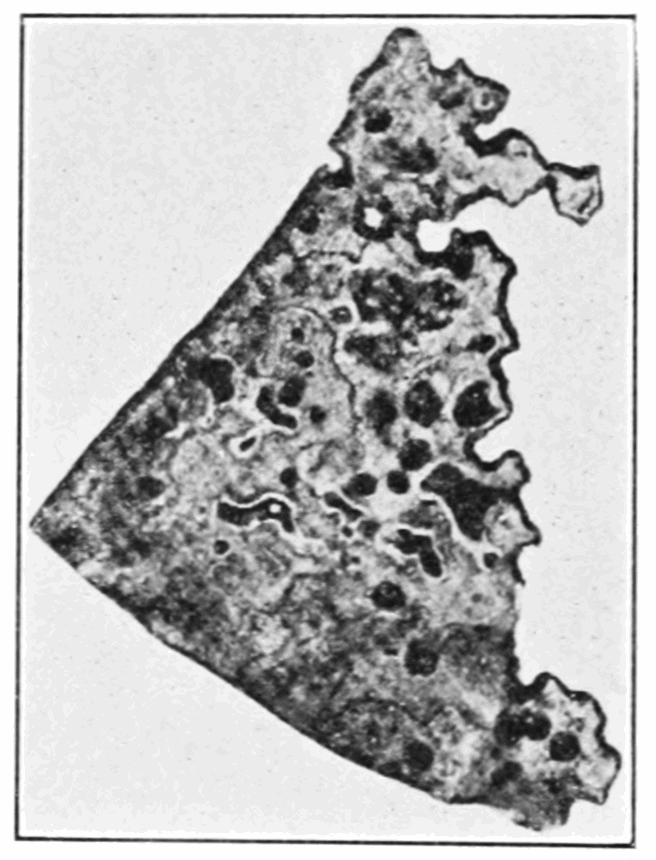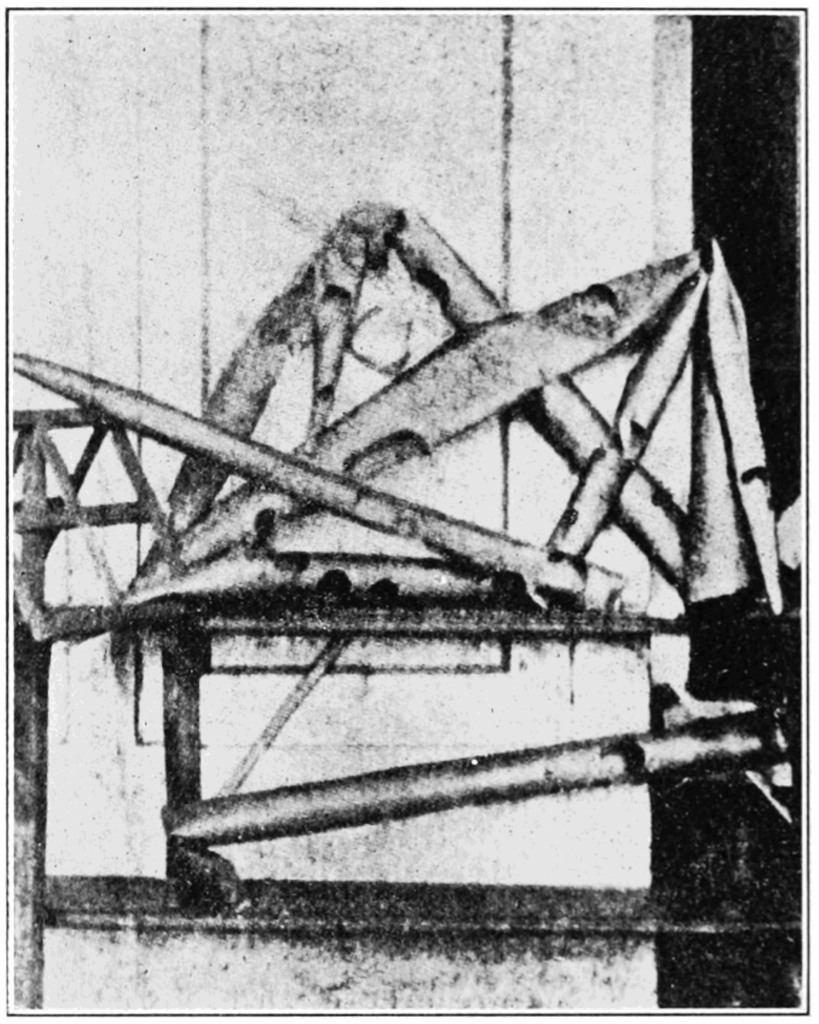Tin pest is an odd phenomenon where the atoms in pure tin at low temperatures change how they’re arranged relative to one another. Your chunk of tin will turn from silvery and ductile to gray and brittle. The new tin is also less dense, meaning it expands, often crumbling away to powder in the process. You can think of tin pest as being kind of like if in cold weather, diamonds turned to crumbly black coal. They’re still made of the same stuff (pure carbon), but they have different properties because the atoms are arranged differently.
Tin pest is slow to get going, and usually starts on an edge or corner. After all, the new tin needs room to expand. The process is autocatalytic, meaning it can take as long as a few years to get started, but once it begins, the new tin breeds more new tin, and the whole object can be powder within months. Tin pest can form at 13º C (55º F), but forms very slowly at that temperature. Tin pest is most aggressive at -30º C to -40º C (-22º F to -40º F).

One famous tin pest-related incident occurred during Robert Falcon Scott’s ill-fated 1910-1913 expedition to the South Pole. After Scott’s team arrived at the pole – only to find Roald Amundsen’s team had beaten them by over a month – they had to make the long trek back to the sea. The expedition stopped at caches of supplies they’d left behind on the southward leg of the journey. They found the cans of kerosene they’d stashed were all empty. It could have been faulty soldering, but many have suspected tin pest infected the tin of the cans. In the end, all of Scott’s expedition perished in Antarctica. We only know the details of their journey from the journals we found on their frozen bodies.
Tin pest is also a problem in electronics. Modern devices are no longer soldered with the tin-lead alloys of yesteryear. Pure tin is common. It’s safer, but it’s also subject to tin pest. Electronics left in the cold for months (like those aboard satellites) can be plagued by tin pest unless the electronics’ designers anticipated the problem and took steps to mitigate it.

In gaming, tin pest-inspired phenomena can appear as an obstacle or plot element in almost any setting. In fantasy, something like tin pest infecting stone could destroy entire castles. A nobleman might send entreaties to your party begging them to figure out why his castle is crumbling. The truth is that one of his rivals has hired a court magician who devised a spell to initiate the autocatalytic crumbling of stone walls. Worse, while the initiation may be magical, once begun, the process feeds upon itself entirely naturally. Dispel magic does nothing.
In a science fiction game, some of the exotic materials aboard a starship might suffer from a tin pest-like condition triggered not by cold but by the unusual radiation of the star your party is passing. In a Star Trek-style game, the PCs could be stranded until they figure out what’s caused their ship to stop functioning and what Phlebotinum to apply to repair the damage. In a military sci-fi game, the incident might leave your PCs defenseless as the bad guys attack.






